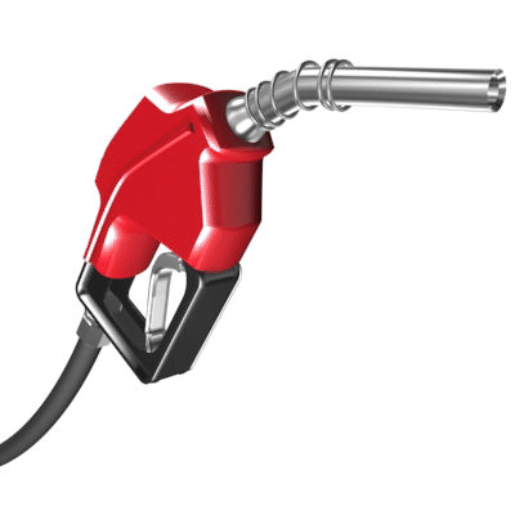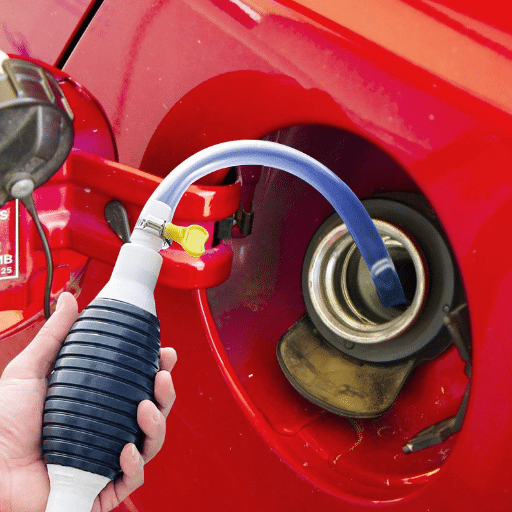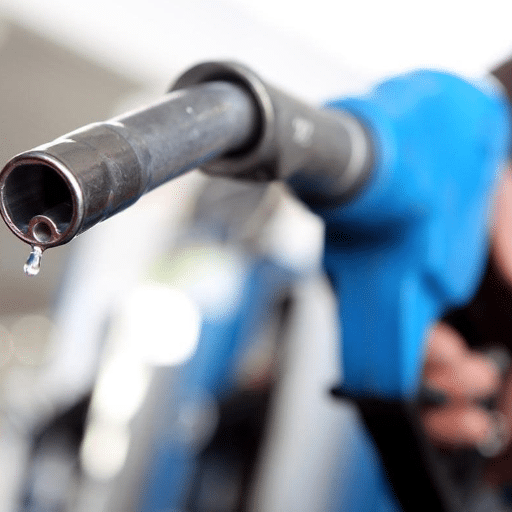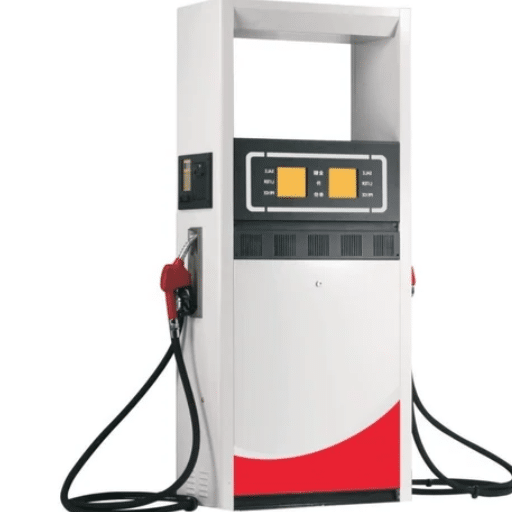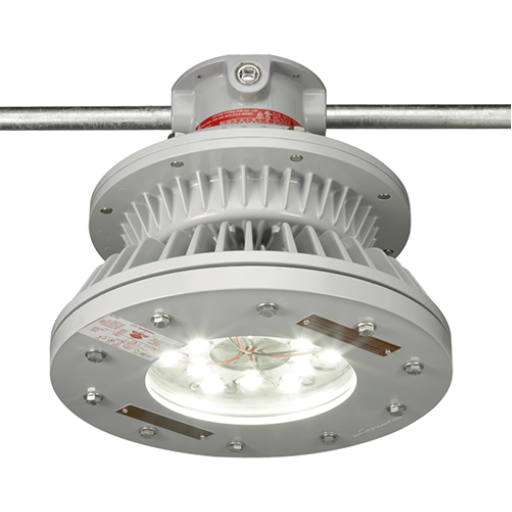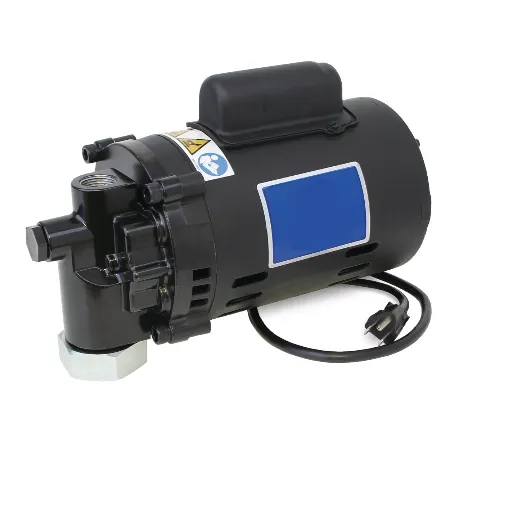Efficient fuel management is critical for any business to operate successfully. Yet, the conventional system has always been riddled with inefficiencies, human errors, and superfluous costs. This gave way to the demand for the Automated Fuel Dispensing System-tech-locking in fuel usage, enhancing accuracy with human double-checking, and creating convenience. This article throws light on how this state-of-the-art technology has ushered in a new era in fuel management and provides an insight into the key features and benefits of and the industrial changes wrought by this system that depends largely on fuel. Be it for maximizing fuel consumption for a fleet or developing a secure and user-friendly refueling method, this system is redefining how fuel management is perceived. Dive deeper into this article and know why fuel is set to go automated.
Understanding Automated Fuel Dispensing
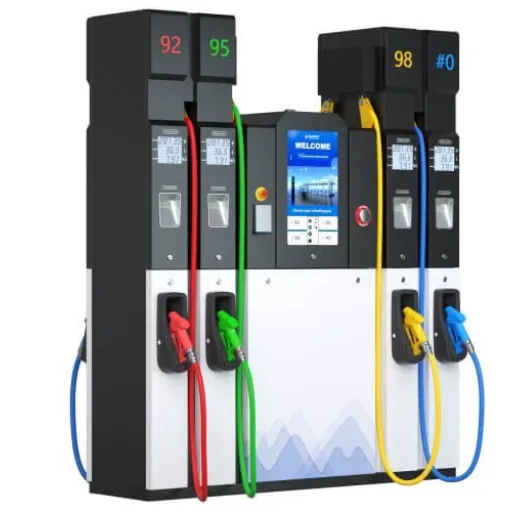
Similar to an automated fuel dispensing system, it allows refueling of vehicles in an efficient and secure manner without manual assistance. These systems, therefore, might be utilizing advanced technologies such as RFID, cellphone/mobile applications, or secure payment-from-a-distance systems to ease refueling. Due to their precision and convenience aside, automated systems stand to minimize errors, save time, and improve tracking of fuel for individuals and businesses. It stands to benefit those industries wherein large fleets are managed, with controlled usage and precise monitoring of actual consumption of fuel.
What is an Automated Fuel Dispensing System?
Advanced fuel dispensing systems are high-end platforms engineered to make fuel management simpler and more efficient. There are technologies involved that confer this seamless and efficient distribution of fuel, such as IoT devices, cloud-based software, and real-time data analytics. Digital payment terminals, automated transaction recording, PINs, RFID card access, or mobile application-controlled fuel access are some of the features that may be included.
These benefits all sectors. For example, fleet management industries are provided with better operational efficiency since data on fuel consumed, date and time of refueling, and driver behavior are readily available. Studies have revealed that up to 15% of fuel costs can be saved using automatically controlled systems because they provide better control and reduce pilferage. Moreover, there is less downtime because refueling happens quickly and smoothly.
Environmentally, these systems put their bit into sustainable systems by allowing the monitoring and limitation of fuel usage, hence promoting conscientious consumption. With every innovation, newer systems have introduced renewable energy tracking, thus further promoting sustainable behavior. Serving widely in industries like transport, construction, and agriculture, the automated fuel dispensing systems are modifying how fuel is managed and consumed.
Components of an Automated Fuel Dispenser
An automated fuel dispenser incorporates several important mechanisms that, in tandem, foster the exact, timely, and user-friendly dispensing of fuel. These components include:
Electronic Control Unit (ECU)
Basically, the brain of the dispenser, the ECU, generally performs all operations, including transaction processing, control of fuel flow, and communication with other systems. More advanced ECUs may also include integrated software aimed at bolstering security and enabling the real-time monitoring of fuel consumption.
Pump and Metering System
It controls the flow of fuel and ensures proper measurement. The modern dispenser is fitted with very precise metering devices capable of measuring volume within an accuracy of ±0.2%, thus giving the customer exactly the quantity for which he pays.
Nozzle and Hose Assembly
The nozzles are intended to ensure durability and ease of use and feature an automatic shut-off to prevent overfilling. The hoses are made of a material that can withstand environmental conditions for ultimate long-term reliability.
User Interface (UI)
Typically, the UI consists of a digital display, a keypad, and/or a touch screen used to input data like payment methods and the user’s choice of fuel. Many new dispensers include contactless payment options via RFID or smartphone for convenience.
Fuel Filter
Important for oil quality, the filter keeps impurities away from the fuel as it passes into the tank of a given vehicle. Highly efficient filters perform better and minimize the chances of damage to an engine from impurities.
Safety and Monitoring Systems
Modern dispensers with their sensors check for leaks, monitor temperature, and prevent vapor release as per the stringent safety and environmental standards. These systems also alert operators to potential problems, minimizing downtime and hazards.
Communication and Integration Modules
These modules enable the dispenser to connect with CMS software and thus be monitored remotely, generate reports, and integrate with inventory management and billing systems. Emerging technologies include IoT-enabled modules that will provide greater connectivity and data-driven insights.
LED Lighting and Branding Panels
Dispensers are provided with energy-efficient LED lighting for visibility and ease of access. The branding panels are customizable, allowing fuel operators to place their company logos, offers, or safety information.
Today, these components combine with automation and smart technologies to ensure the reliability, precision, and convenience of a modern fuel dispensing system.
How Automation Transforms Fuel Dispensing
With the new disruptive idea of automation, fuel dispensing has witnessed changes in streamlining operations, enhancing customer experiences, and ensuring correctness in delivery. From monitoring fuel levels to optimizing inventory management and preventing losses through real-time data analysis, automated systems bring into play such latest technologies as IoT AI and Machine Learning. Payment processes are still key in ensuring the convenience of customers, with developments like contactless payments and mobile apps-as well as digital wallets-for smooth and secure transactions. Predictive maintenance can be conducted by means of an automated system, increasing the overall uptime since any incipient faults are detected well in advance. The automotive future for fuel dispensing and sustenance with growth is in reducing human error far from the operations.
Benefits of Automated Fuel Dispensers
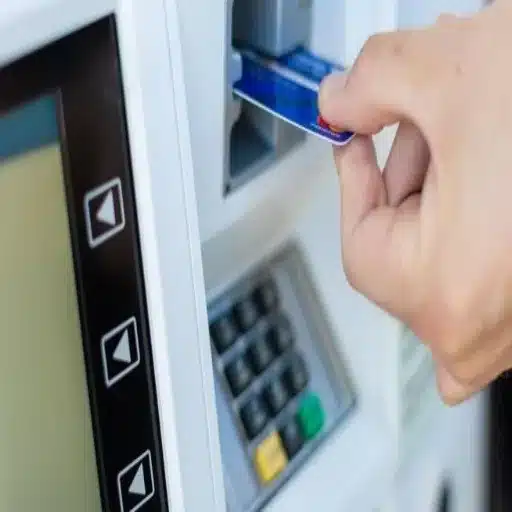
Enhanced Convenience
Because they support contactless payments and mobile applications for a more convenient purchase procedure, automated fuel dispensers provide speedier and smoother transactions.
Improved Safety
These systems, working hands off, reduce the potential hazards that may otherwise appear during fueling.
Operational Efficiency
Automation can help optimize the operations of fuel stations by reducing errors, thereby optimizing the use of resources.
Reduced Labor Costs
Reducing labor costs, combined with better maintenance of automated systems because of advanced predictive maintenance, can ensure a firm is saving considerable money in due course.
Dependability
Automated service provides consistent service, eliminating delays and downtime for customers.
These benefits make automated fuel dispensers an indispensable upgrade to any modern fuel station.
Cost Savings Through Automation
In automation, operation costs are greatly reduced, while efficiency is improved at fuel stations. With the machines in charge, manual wages do not lessen: a few personnel stand by to execute the first few manual interventions for automated fuel dispensers in case they turn out to be necessary; otherwise, they keep the stations running with very few resources. Predictive maintenance, with the downside of the illuminative monitoring systems, avoids egregious equipment failures, therefore reducing repair costs and downtime. Furthermore, automation also increases the efficiency of fuel usage tracking and inventory management so that resources can be better allocated and wastage reduced. How well these cost-saving measures work in favor of station owners by raising profitability and, in turn, aid sustainability in reducing operational overhead.
Improved Efficiency at Fuel Stations
Various techniques may be used to improve efficiency at fuel stations, mainly due to technological implementations in the chain of processes and customer-centric strategies. Payment approaches based on digital means are implemented, and with a mobile-based app, one might finish a transaction quickly. When customers are served faster, the queue shrinks. Thanks to automation such as automatic tank gauging or real-time monitoring of the stocks, the management of fuel is ensured while limiting fuel-running mistakes. In contrast, an alternative way to manage shortage is to use AI-based analytics to predict demand and plan fuel deliveries accordingly. Investing in reliable technologies and priorities of the operational technique makes the fuel stations give the best speed, minimum wastage, and high customer satisfaction.
Enhanced Safety Features in Automated Systems
Safety measures of an advanced nature are employed in automated systems to reduce risks and ensure secure operation. Among these features are real-time monitoring, permitting continuous observation of equipment performance, thereby warning of any potential malfunction. Many systems incorporate fail-safe features so that, if detected, faults result in automatic shutdown of operations, thus preventing possible accident scenarios. AI and machine learning are also used by automated systems to anticipate anomalies, enhance cybersecurity, and prevent unauthorized access. Emergency response protocols integrated within the safety measures provide for swift action whenever needed in critical situations. Such developments guarantee the safety of both operators and infrastructure, thus promoting an environment where safety and efficiency go hand-in-hand.
Types of Fuel Dispensers
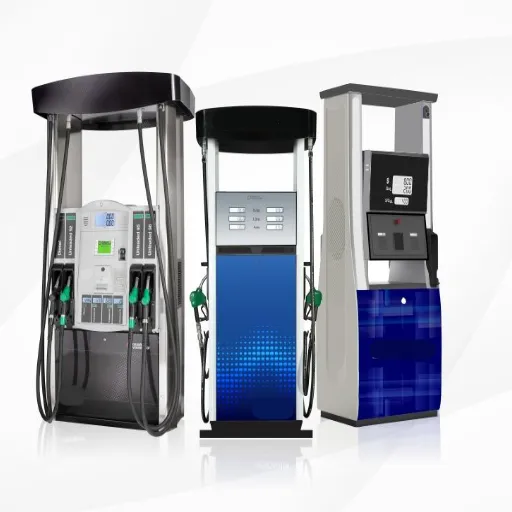
| Dispenser Type | Description | Best Use Case |
|---|---|---|
| Mechanical Fuel Dispensers | Traditional systems that use mechanical parts for the measurement and dispensing of fuel. These dispensers are of simple design and usually involve manual dials and levers. | Smaller operations or areas where access to advanced technologies is limited |
| Electronic Fuel Dispensers | More advanced fuel dispensers that use electronic means of measurement and dispensing. Most of these dispensers have digital displays with integrated payment systems and are usually networked for real-time tracking of data. | Modern, high-capacity fuel stations |
| Suction Fuel Dispensers | These systems use a suction pump mechanism to draw fuel from underground storage tanks. | When fuel supply tanks are situated close to the dispenser for efficiency and cost-effectiveness |
| Submersible Fuel Dispenser | Fuel dispensing systems in which fuel is pushed to the dispenser by a submersible pump located inside the storage tank. | Large operations requiring consistent fuel flow at long distances and faster dispensing speeds |
Overview of Diesel and Petrol Dispensers
Dispenser pumps- diesel and petrol- are parts of a fuel supply system that assures the supply of a specific quantity of fuel to a vehicle. These dispensing systems vary widely depending on whether it is a suction or submersible system, each with its own operational advantages.
Diesel Dispensers
Diesel dispensers handle a greater flow capacity for heavy-duty vehicles like trucks and buses. They are built to accommodate the viscosity of diesel and often come with features such as high-wear resistance and double dispensing nozzles for faster refueling.
Petrol Dispensers
Petrol dispensers aim for accuracy in dispensing fuel and speed for refueling passenger vehicles. They possess highly precise metering systems, thus preventing over-dispensing. Modern petrol and diesel dispensers usually come with a digital display, an electronic payment system, and an automatic shutoff mechanism to provide user-friendly experiences and guarantee safety during fueling operations.
Depending on the type of fuel, the dispenser will thus be selected for its ability to cater to volume-related requirements and certain operational specifications. Efficiency and flexibility to meet any given fuel station’s needs will thereby be ensured.
Portable Fuel Dispensers: Flexibility and Convenience
A portable fuel dispenser allows for easy transport and use from location to location, which makes the ideal for a remote location or anywhere requiring salvage refueling. These systems usually include much lighter and more compact equipment and are constituted by smaller pumps, hoses, and nozzles; all these can be integrated into mobile facilities such as trucks or trailers. Multiple fuel types can be dispensed, including petrol, diesel, or aviation fuel, depending on the type of system. They can be highly customized to meet the needs of different industries. Most of today’s portable dispensers come equipped with digital controls, flow meters, and safety mechanisms to ensure secure and accurate dispensing. This gives the system flexibility and extends operational efficiency in fields like construction, agriculture, and emergency services, thus allowing its use in a variety of sectors.
Fully Automated vs. Semi-Automated Systems
System Comparison
Fully Automated Systems: Completely automated systems operate without human intervention, basing their operation completely on advances in technology, such as AI and robotics, to seamlessly perform work. They ensure efficiency in the sense that they are devoid of human errors, simplifying processes, and also allow uninterrupted work around the clock. But they do have the disadvantage of requiring a huge initial investment and constant upkeep to maintain their excellent performance.
Semi-Automated Systems: Meanwhile, incorporate some measure of human involvement in automation. They provide even more flexibility and control in situations where human judgment is a must. The semis are usually not as fast or scalable as their fully automated counterparts. However, they cost less to set up and maintain, making them a good fit for businesses that value flexibility and hands-on management.
It is a matter of consideration depending on factors like the nature of tasks, budgetary constraints, and whether more emphasis is desired on efficiency or human appreciation.
Implementation of Fuel Management Systems
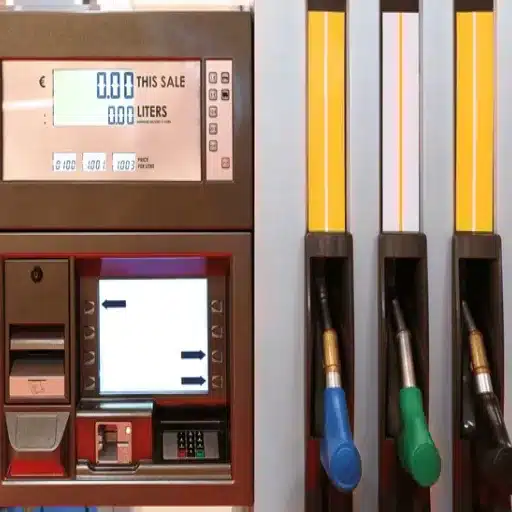
Fuel management systems bring in multifaceted aspects of operational flexibility and efficiency. From the start, the fuel management system must be appropriate to the specific fuel use and consumption pattern of the organization. Then, the system may be selected in-house, based on operational considerations, cost, and scalability. Installation and commissioning should be done with due regard for integration with the rest of the existing infrastructure, such as fuel tanks or dispensing equipment. Training the workforce in the use of the system will ensure that the full benefits of the system are gained and that errors are kept to a minimum. Without a regular maintenance program and updates, the system would at best be reliable only in the immediate future, let alone reliably meet the set objectives of the far future.
Steps to Automate Your Fuel Dispensing
-
Assess Your Operational Needs
Start assessing your operational needs by recognizing dispensing fuel for your unique requirements, including hereto include volume of fuel usage, number of vehicles serviced, and/or special business processes. This helps narrow down the exact system for your operations.
-
Research and Select the Right System
With full consideration given, research on the fuel management systems currently available in the market. Look into features like inventory tracking, remote monitoring, automated reporting, and user access control. Consider vendors based on reviews, scalability, customer support, and cost.
-
Integration With Infrastructure System
Compatibility must be checked for each selected system so that it can stay compatible with your existing hardware, including fuel tanks, fuel pumps, and fuel dispensers. This will save you a bunch in installation days as well as operational downtime.
-
Installation Planning and Execution
Hire an expert to install the system, whereby the fitment procedure will ensue with all components being paired into position with software and hardware as required. Create a fitting/installing timeline that will allow for minimal disruption of operations.
-
Training Staff
For any new automation system to be successful, the employees have to be trained extensively. They will need to be prepared for optimal system operation and troubleshooting common issues that may come up to maximize productivity.
-
Monitoring and Maintenance
Your monitoring should take place all the time to resolve problems before they occur. Scheduled maintenance, software updates, and repairs should take place so as to maintain full functionality and current standards.
Following the above steps will give you an enhanced fuel dispensing operation that lowers cost and increases efficiency.
Integrating RFID Technology for Better Management
The introduction of RFID technology into fuel-dispensing systems provides certain operational and management advantages. Since RFID technology involves electronic data collection, it increases the accuracy of fuel tracking over manual fuel quantity withdrawals and recording, which can induce errors. Managers can use this system to allow for real-time monitoring of fuel consumption, fuel tank levels, and vehicle usage, and make data-driven decisions to improve operations.
Organizations should take steps to appraise their present infrastructure while selecting the hardware and software that are compatible with the RFID technology. This is to say the organization should be able to select tags, readers, and management systems, all based on the volume and needs of their operations. Proper training of staff must be carried out for the smooth usage and maintenance of the new system.
RFID security applications focus on allowing fueling only to authorized vehicles or personnel, reducing the possibilities of theft or misuse. RFID systems provide the facility of automatically collating such mass data into detailed reports for auditing or compliance needs, thus easing reporting procedures. Enhanced operational efficiencies, accountability, and long-term cost savings are the results of RFID deployment by any enterprise.
Challenges in Automating Fuel Dispensing
Major benefits are on offer by implementing fuel dispensing automation via RFID; however, several challenges must be addressed before a smooth implementation can be achieved. An important challenge is the upfront cost of installing RFID systems, comprising infrastructure, hardware, and software. Some organizations, especially small and medium-sized enterprises (SMEs), consider these immediate expenses a barrier. Another issue is incompatibility, wherein the existing infrastructure cannot support the RFID system and must be customized or upgraded at a very high cost.
System reliability in extreme environmental conditions is another challenge. Heavy rains could interfere with signal transmission, or higher temperatures could damage the equipment, thereby reducing its efficiency. Security issues need to be discussed, especially when considering sensitive information about fuel usage, mainly for unauthorized access or cyber-attacks. Lastly, employees or stakeholders might hinder the change due to their inexperience with the technology; thus, training and change-management strategies need to be put in place for effective adoption. If these challenges can be addressed, fully realizing the automation of fuel dispensing systems shall be unlocked.
Future Trends in Fuel Dispensing Automation
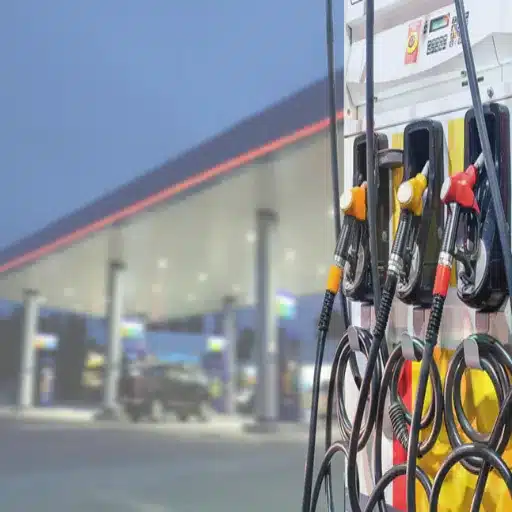
From the current technologies, fuel dispensing automation is envisaged for the future with developments oriented towards efficiency, security, and sustainability. The current and emerging trends involve the inclusion of IoT devices in the system, which provides real-time monitoring and predictive maintenance for ensuring the equipment works correctly and provides minimal downtime. Enhanced cybersecurity solutions implementing data protection strategies are now decreasing vulnerabilities to cyberattacks. AI and Machine Learning are expected to further benefit the space, enabling data-driven decision-making along with personalized customer experiences. Another potential focus area would be compatibility with renewable energy-based fuel systems capable of dispensing alternative fuels such as hydrogen or electricity. These trends indicate a tremendous potential for the future where fuel dispensing systems would be smarter, greener, and more secure, undermining the challenges faced today.
Emerging Technologies in Fuel Management
Key changes emerging in fuel management technology are streamlining operations toward sustainability and security. Tech systems include key developments such as IoT-based monitoring to track in real time fuel levels, consumption patterns, or even leak detection. The IoT-enabled sensors and cloud connectivity now help organizations to reduce waste, losses and optimize their supply chain. Artificial intelligence-led innovation continues with scanning huge datasets to predict demand, manage inventories efficiently, and design custom solutions for clients.
On the other hand, fuel automation systems incorporating mobile payments and contactless refueling options boost customer experience and operational efficiency. With transparency and secure fuel transactions guaranteed by blockchain, fraud is kept at bay, and trust is increased. In the sustainability domain, renewable fuel technology enhancements, such as compatibility with biofuels and charging for electric vehicles, support the global energy transition. Thus, these advances signify some ways in which cutting-edge technology is transforming future fuel management.
Impact of Electric Vehicles on Fuel Dispensing Systems
Electric vehicles are transforming the global fuel dispensing systems. For me, with the rise of EVs, installing petrol pumps seems to fade away in favor of installing electric chargers. This transition needs heavy lifting in terms of infrastructure enhancement that, among others, implies integration of smart charging technologies and energization through renewable sources. I think this evolution puts pressure on conventional fuel systems but also opens paths for innovation with respect to service models and sustainability in the energy context.
Adapting to a Fully Automated Fuel Future
Efficiency, accessibility, and environmental considerations come into the picture while assessing the transition to the highly automated fueling ecosystem. The automated system has the potential to simply dispense the fuel digitally, reducing wait times and increasing precision; on the negative side, the installation of such systems demands high investments in advanced robotics, AI, and connectivity infrastructure. Ensuring the diffusion of such technologies to rural areas so that adoption of these systems does not make urbanized adjacent areas lag would be extremely important.
Environmental considerations must meet an equal fate. The automated systems must be part of such a model of operation that promotes sustainability further: this means renewable energy would have to be integrated, and the electric vehicle (EV) aspect would have to take precedence with respect to the conventional fuel side during this shift. The energy businesses could utilize automation for resource management optimization, reduction in wastes in operation, and redesigning the service model such that it gains both economic and ecological perspectives.
Lastly, we have customer experience. Automated fueling must balance technological innovation with user-friendly interfaces, making it seamless for all kinds of users to adopt. Cybersecurity concerns need addressing, so does data privacy, in addition to educating users on how to interact safely with these automated systems-all are indispensable with time in an ever-changing ecosystem.
Key Takeaways
Investment Consideration: While automated fuel dispensing systems require significant upfront investment, the long-term benefits include reduced operational costs, improved efficiency, enhanced safety, and better fuel management capabilities.
Technology Integration: Success depends on choosing the right combination of technologies (RFID, IoT, AI) that align with your operational needs and existing infrastructure.
Future-Proofing: As the industry evolves toward electric vehicles and renewable energy, automated systems should be designed with flexibility to adapt to changing fuel types and customer expectations.
Reference Sources
“Automatic Vehicle Fueling System using PLC Controlled Robotic Arm-A Simulation Design”
“A Low-Cost, Normally Closed Solenoid Valve for Non-Contact Dispensing in the Sub-µL Range”
Frequently Asked Questions (FAQs)
What is an automated fuel dispenser?
An automated fueling system, often called an AFDS, is a technology that facilitates automated fuel dispensing at a petrol or fuel station. It simplifies the entire fueling process, through which customers are able to select a type of fuel like gasoline or diesel fuel and dispense it on their own without an attendant. These systems often incorporate features like card readers for debit cards and mobile app integration to polish the customer experience further.
How exactly do automated fuel dispensers carry out their function?
These fuel dispensers are a complex mix of mechanisms that regulate fuel flow and oversee genuine dispensing quantity. Once a customer approaches the pump, the interface enables selection of the fuel type and mode of payment. Following this, the fuel nozzle is activated, and it is then the customer’s responsibility to fill the tank with the required amount of fuel, correct accounting by the system, all while preventing spills.
What are the advantages of self-service fuel stations?
Self-service fuel stations offer a plethora of advantages, ranging from cost-saving for both consumers and operators of the fuel stations. These stations practice dispensing through the customers themselves and thus require fewer attendants to work. Hence, they carry less overhead cost. On the other hand, consumers enjoy the convenience of controlling the process of filling, choosing the fuel, and completing transactions in the blink of an eye.
Are there any safety features in these automated fueling systems?
Surely, there are safety features in an automated fuel management system to prevent fraud and ensure safe operation of fuel dispensing. Such features use RFID to verify legitimate users, shut-off valves that interrupt any overflow accidentally, and monitoring systems that alert operators when incidents of unusual activity or potential hazards are detected during fueling.
Can I pay using a debit card at an automated fuel dispenser?
Most automated fuel dispensers accept debit cards as a payment method. One of the conveniences is that a consumer can pull up to the pump, pay with the debit card, and proceed with dispensing fuel, thus making the system more time-efficient. Card readers in the dispensers are fully secured for transaction processing and will print out a receipt for the customers indicating their purchase.
How does automation impact fuel storage management?
The automation has a beneficial impact on fuel storage management by providing real-time data about fuel levels, usage, and inventory tracking. This enables fuel station operators to use the fuel storage efficiently, prevent shortages, and ensure that they have the right amount of fuel available for customers. Also, automated systems can notify the operator when to order fuel, thereby increasing efficiency.
What types of fuel are available at automated fuel stations?
Fueling stations provide different kinds of fuel such as petrol, diesel, kerosene, and even an alternative artistic one. Thus, customers can select whatever type of fuel according to their vehicle needs. Other stations might also have portable diesel and special fuel blends for other customer necessities.
What is the effect of technology on fuel feeding?
Technology takes the core of fuel feeding in automated fuel dispenser machines. From mobile apps that help users spot a nearby station to the latest fuel dispensers with options to pay on a touch screen, technology simply makes the customer’s life easier. It supports speedy processing of transactions, accurate dispensing of fuel, and the ability to record fuel purchases in cases of personal or fleet management.


